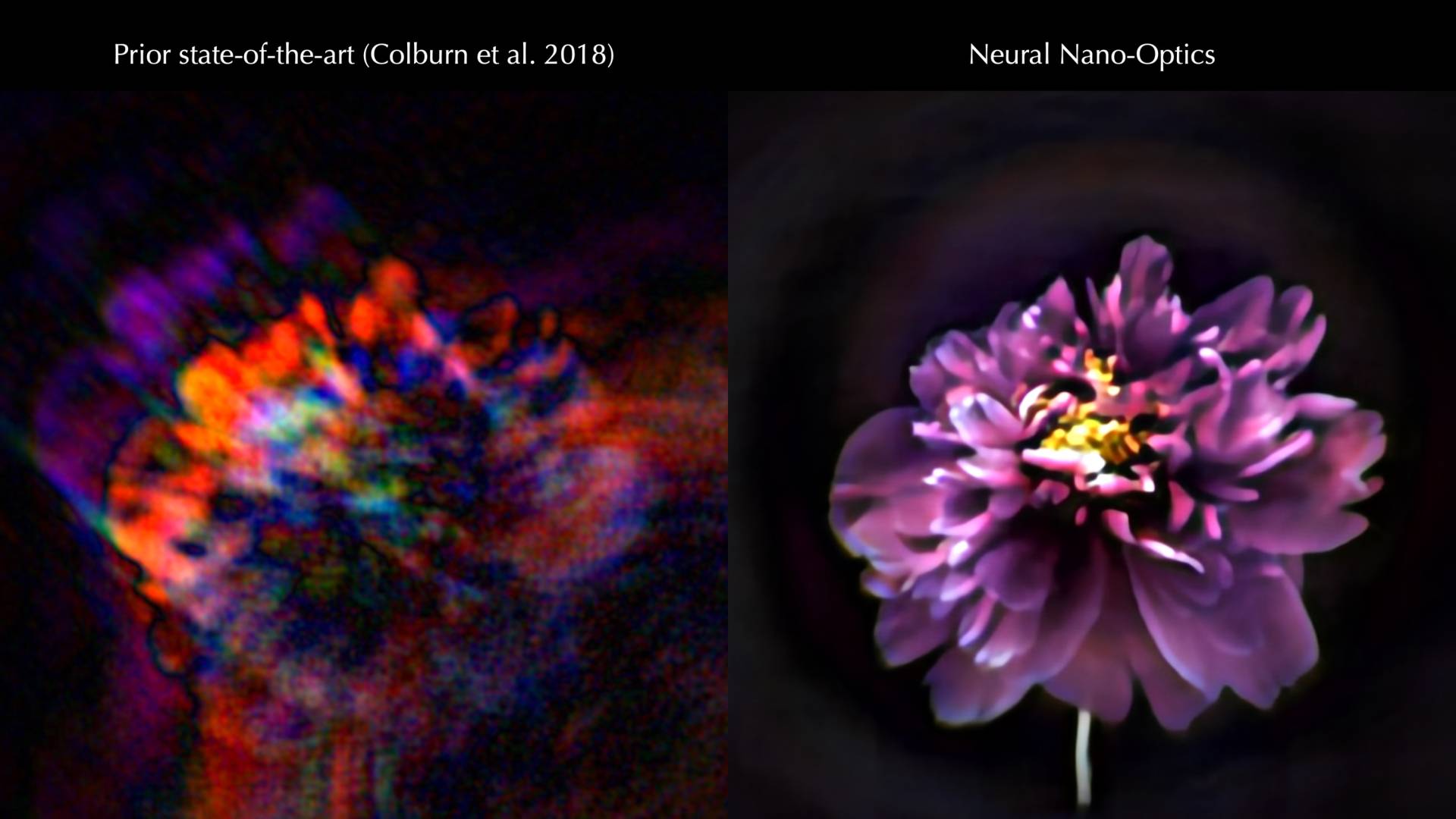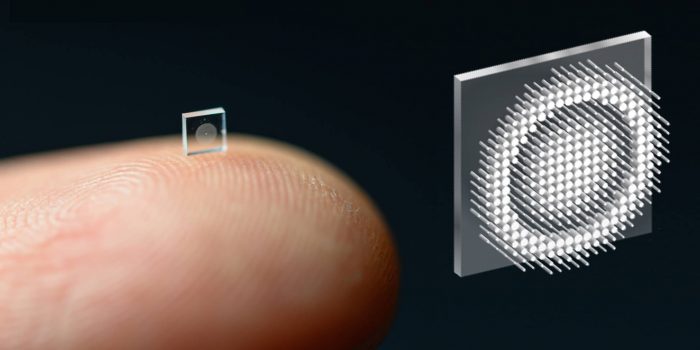Princeton and the College of Washington scientists have created a tiny digital camera the size of a grain of salt that can take clear, total-color photos. It’s made with a gentle-capturing metasurface that may be scaled out to turn entire surfaces with sensors.
A statement from Princeton University read that the system looks to be much smaller than a visible panel with a circular sample engraved onto it. There are 1.6 million cylinders in the 50 percent-millimeter-wide circle, each precisely engineered to bend gently in just the right way so that the array as a whole bends the optical wavefront. The data is then used by sign processing algorithms to create a picture.

The images produced are significantly clearer than those produced by other tiny sensors. In experiments, the team demonstrated that the new sensor acquired images with a spatial resolution of 214 line pairs per millimeter and a resolution of 720 x 720 pixels in true color, capturing wavelengths between 400 and 700 nm in natural light. It has a field of view of 40 degrees and an f-number of 2, and the researchers claim that the images are comparable to those obtained by a traditional compound camera lens half a million times larger than their new sensor.
The integrated design of the optical surface and the signal processing algorithms that produce the image was a crucial advance in the camera’s development. In contrast to previous metasurface cameras, which required the pure laser light of a laboratory or other ideal conditions to produce high-quality images, this improved the camera’s performance in natural light, according to Felix Heide, the study’s senior author and an assistant professor of computer science at Princeton.
Ethan Tseng, a computer science Ph.D. student at Princeton who co-led the study said “It’s been a challenge to design and configure these little nano-structures to do what you want. For this specific task of capturing large field of view RGB images, it was previously unclear how to co-design the millions of nano-structures together with post-processing algorithms.”

Heide and his colleagues are now attempting to improve the camera’s computational capabilities. They would aim to include capabilities for object detection and other sensing modalities relevant to medicine and robotics in addition to image quality optimization.
Heide also sees creating “surfaces as sensors” with ultra-compact imagers. “In the future, we can think of radically alternative ways to manufacture things,” he stated.


